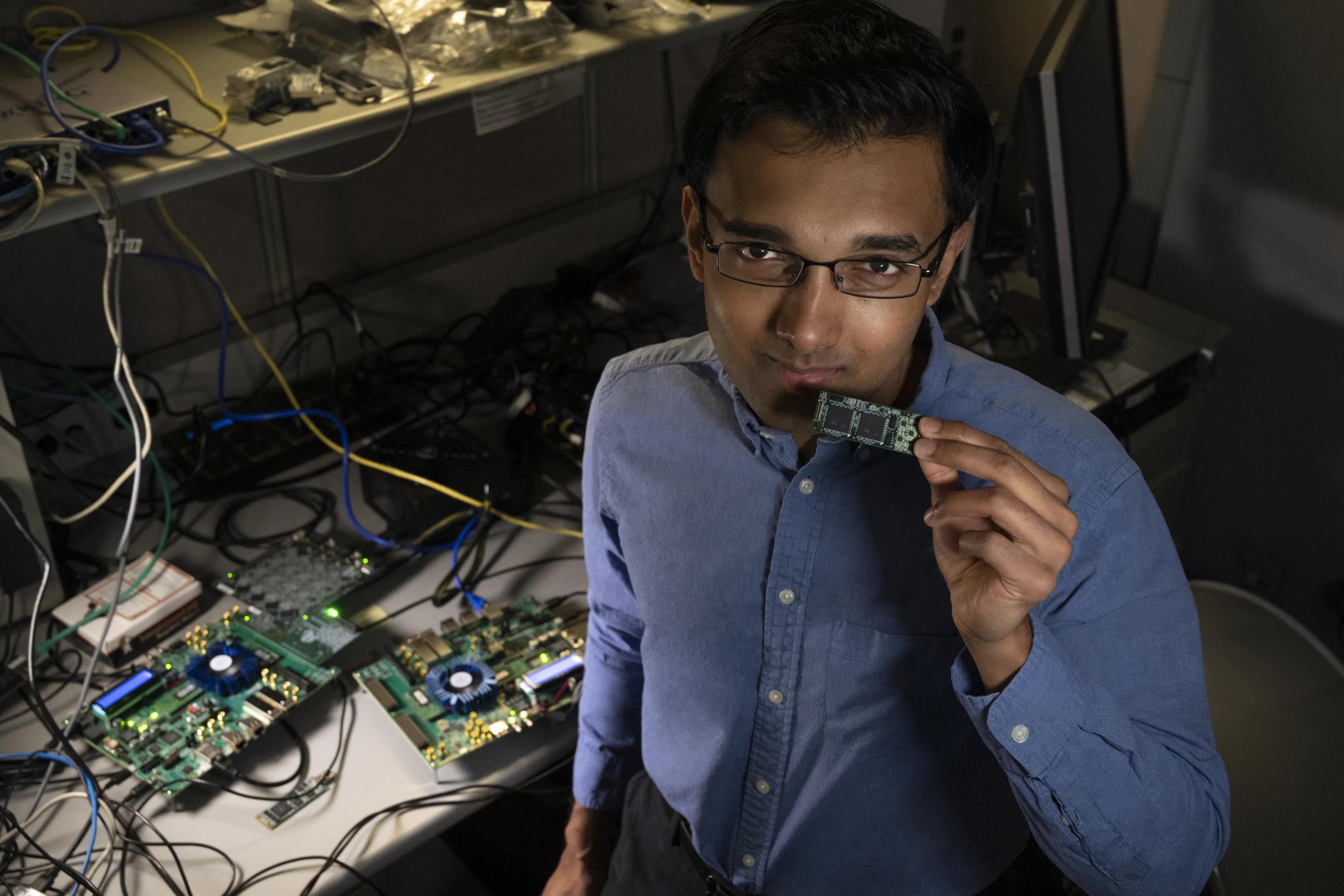Computers can already boast superhuman sensory abilities in sight and hearing, but smell has been much more difficult. The human nose isn't a particularly good one compared to the rest of the animal kingdom, but it's still a complex piece of machinery, with around 450 different types of olfactory receptors.
Each of those receptor types can be activated by a range of different airborne odor molecules, each of which ping multiple different receptors at different strengths. This allows humans to distinguish between more than a trillion different scents, on top of which we can overlay a bunch of taste information to generate the sensation of flavor.
Of course, it's not just how our body senses these things that's amazing – the brain's got the job of taking that huge and constantly changing swarm of electrical sensor data and processing it in real time, cross-referencing each smell signature against an impossibly massive data bank of past experiences so we can recognize it and work out whether to get hungry, or sexually aroused, or simply to wait for the next elevator.
The whole system is a majestic testimony to the fractal complexity of nature, and a huge challenge to the scientists working to replicate it in machinery that can give computers the ability to smell. One such effort is underway at Intel, where a neuromorphic computing group has been working with olfactory neurophysiologists from Cornell University to see if artificial intelligence can help computers mimic the way the brain analyzes and categorizes olfactory data.
The team started out with Loihi, Intel's neuromorphic computing chip, which is based on the way neurons themselves operate, and designed to learn and self-organize in response to inputs instead of being told how to do things. Loihi has 130,000 "neurons" and 130 million "synapses," and constantly re-wires its own internal networks of neurons to allow several different types of learning: supervised, unsupervised, reinforcement learning and others.

It's an extremely energy-efficient chip, using around one thousandth of the energy a general-purpose processor might use to solve similar problems. Mind you, the human brain does all the marvelous, simultaneous things it does with a power consumption of only 20 watts. But when you're comparing your machine to literally the most complex and incredible piece of machinery in known existence, it's okay to pale in comparison.
The team gave Loihi access to data from 72 chemical sensors, all sitting in a wind tunnel, as 10 different odors including ammonia, acetone and methane were blown through, and sure enough, Loihi was able to build neural representations of each of these smells, and identify them again even when there was "strong background interferents."
This is very different, the team says, to how your home smoke and carbon monoxide detectors work - these devices can identify specific airborne molecules and make a beep, but they can't learn or categorize new smells in any way.
This would appear to be a significant step forward in the race toward a true multipurpose "electronic nose" that can rival, and indeed one day maybe surpass, the abilities of the human nose, or even the canine nose, in picking up smells and instantly working out what they are. The use cases range from the detection of dangerous chemicals and explosives, to the detection of drugs and contraband, to the identification and classification of wines, to quality control in factories. There are even some diseases that can be diagnosed by smell.
Taking a more dystopian view, the electronic nose might one day give every person a chemical signature that's almost impossible to hide. It could potentially be used to identify things like pregnancies and hormonal cycles and other health conditions companies might want to know about for one reason or another.
Still, the electronic nose will be a significant technology when it's finally developed, and this kind of neuro-mimicking deep learning technology looks like it'll be a key part of the smell discerning process. Check out a short video below.
Source: Intel






